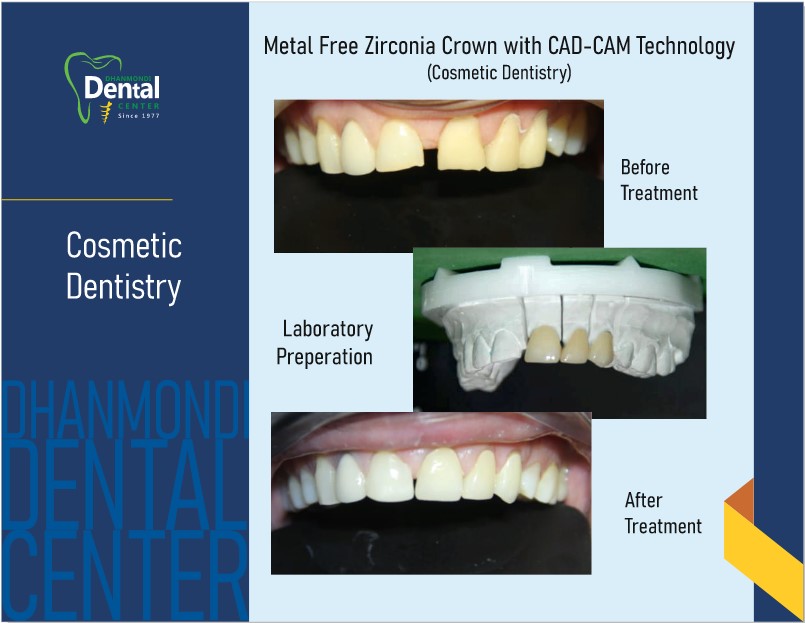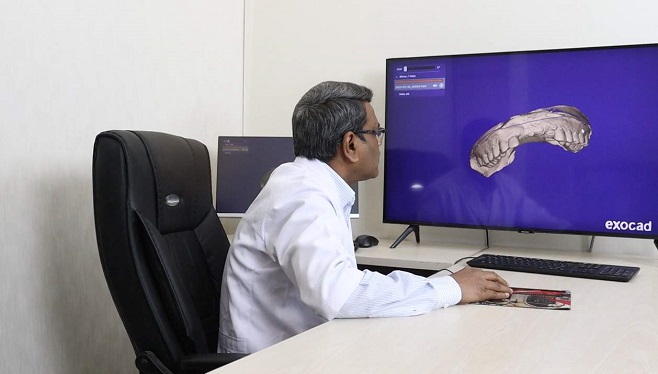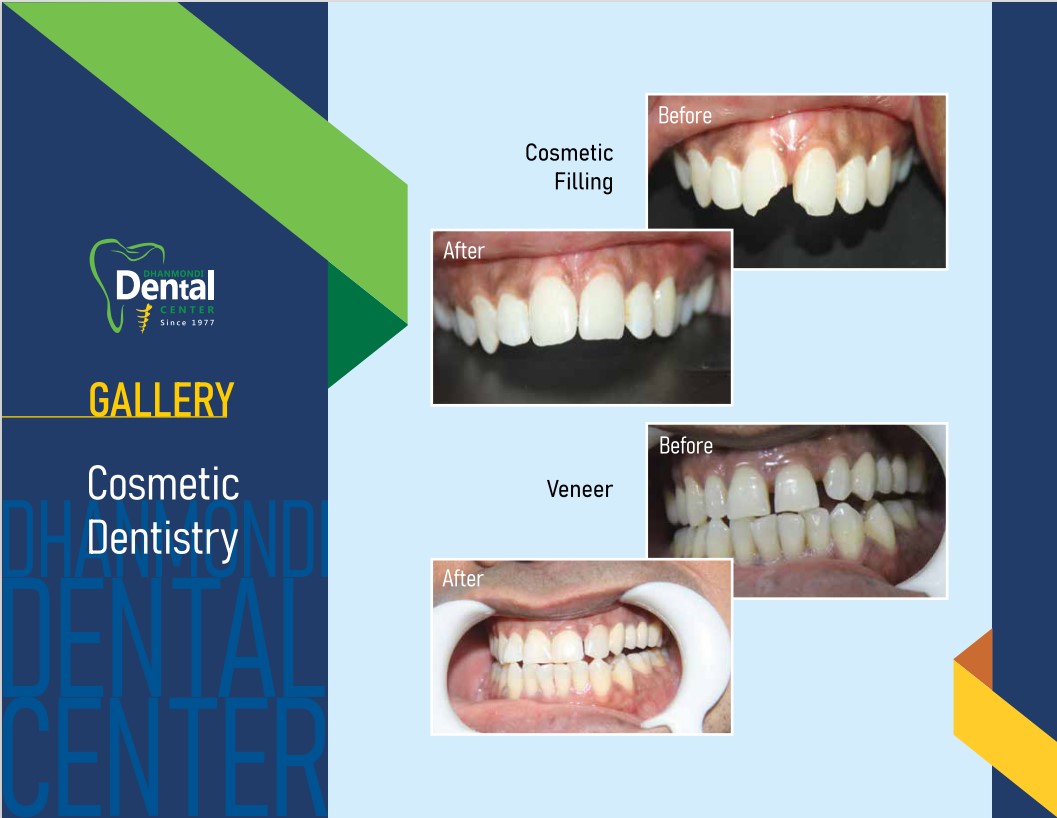Service Details
Cosmetic Dentistry
How much does it cost?
Clearly this is impossible to answer in general terms as every case in Cosmetic Dentistry is very different and will require different techniques. The important thing to remember about cost is making sure you are buying the right product for you. As with all treatment plans you need to have a long chat with the dentist regarding aims of treatment, expectations, long term maintenance, long term consequence to the health of the teeth and replacement costs.
How long does it last?
Again in general terms this is impossible to say but there are some common habits that will limit the life of any result. The biggest problem is, not surprisingly, smoking which can stain composites, darken whitened teeth and stain the cements that bond veneers and all ceramic crowns in place. It will also affect gum health around the fitted work which can detract from the result. Other problems habits are clenching and grinding which will overload the teeth and poor attention to cleaning which will lead to staining, decay and gum disease if not corrected. Clenching and grinding can wear composite fillings down and fracture or debond porcelain work. It is often necessary to provide a hard acrylic night guard to protect the finished result.
As a rule of thumb the following longevity results apply:
Whitening needs to be topped up 2-3 nights, 2-3 times a year. (This is done at home and is cheap to do)
Composites last 5-10 years depending on predetermined risks of stain and wear.
Veneers fail at a rate of 1-3% per year meaning that by 10 years 10-30% of veneers will have debonded and needed replacement.

Crowns last on average 12 years but the commonest cause of failure is decay so the life time of crowns is to a large degree in the hands of the patient. The life time is dramatically reduced if the tooth dies off and a root canal filling is required or if a post has been used to support the crown.
Conventional bridges again last on average 12 years with decay again the commonest cause of failure. It is a common adage in dentistry that when a bridge fails it usually takes another tooth with it as the abutment teeth are often damaged beyond repair.
Wing retained bridges can last indefinitely but can be expected to debond every 5-8 years. So long as no damage has occurred to the abutment tooth then they can be cleaned up and recemented easily and with no loss of strength or function.
Fibre reinforced bridges last around 8 years but as these are often used in situations where the support teeth are compromised due to gum disease it is often these that fail first.
Implant Retained Crowns give perhaps the longest success rate with 10 year follow up studies showing 95% success rate.
Does it damage my teeth?
Any adjustment done to the underlying teeth needs to be seen as permanent and irreversible but is to the large part minimal and of limited long term consequence. That said where the teeth are already heavily filled or displaced a long way from the arch then adjustment may be more severe and can lead to significant damage to the teeth. The affects of this need to be fully discussed before hand along with alternative approaches that may be less invasive. Typically the least invasive (kindest to teeth) techniques are whitening, orthodontics, and direct composites. The most invasive (destructive to teeth) are porcelain crowns and conventional bridges.
Will I need to pay more in the future if things go wrong?
Replacement costs are inevitable with all techniques and these should be discussed well in advance of any treatment beginning. If teeth are prepared for crowns, veneers or bridges then they will always need this work in the future. The rebuild costs will always be equal to or higher than the original costs. For whitening the redo costs are low. If orthodontic results are well retained with permanent retainers than there should be avoided but the retainers will need to be maintained.
Can I get my front teeth fixed but leave my back ones alone?
Cosmetic dentistry does not exist in isolation from normal conventional dentistry. It must complement the health of the mouth. For the best long term results the function of the final result must be in harmony with the function of the rest of the mouth so the back teeth are of equal importance. Generally speaking any cosmetic changes come at the end of a treatment plan once the gum health and function of all the teeth has been secured.

Our Services
- Digital Smile Design
- Cosmetic Filling
- Veneers (Porcelain/Zirconia/ Emax)
- Dental Bonding (Tooth Color Filling)
- Dental Crown & Bridge (Metal/Porcelain/Zirconia)
- Teeth Whitening
- Smile Make over
- Implant Prosthesis
- Complete / Partial Denture
Our Technologies are:
- CAD-CAM SOFTWEAR FOR INVISALIGN
- 3D printing technology
- Demon Braces
- Reverse pool head gear
- Clear Aligner

Testimonial
"When I was young, I came to Dhanmondi Dental holding my father's hand to get dental treatment, today I also brought my grand daughter, sometimes I brought my children. Dhanmondi Dental has been providing dental treatment here for the last 41 years. Never felt any lack of value or sincerity.
However, I do not see any difference between the modern medical system that they are offering with the combination of technology and experts with the dental treatment taken by the Bangkok. I pray that Dhanmondi Dental will do better in serving the people."---Dr. Rowshon Ara Begum




